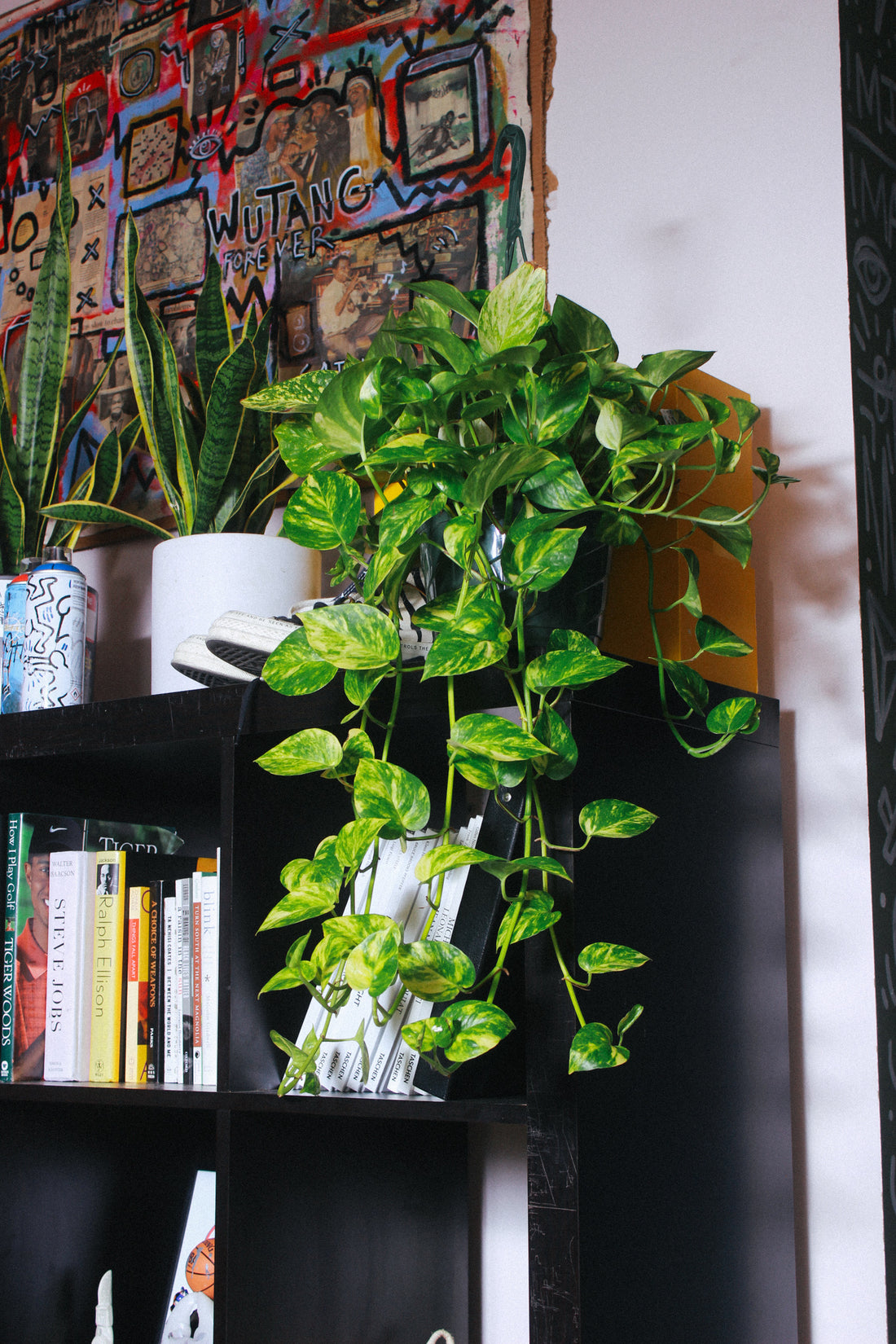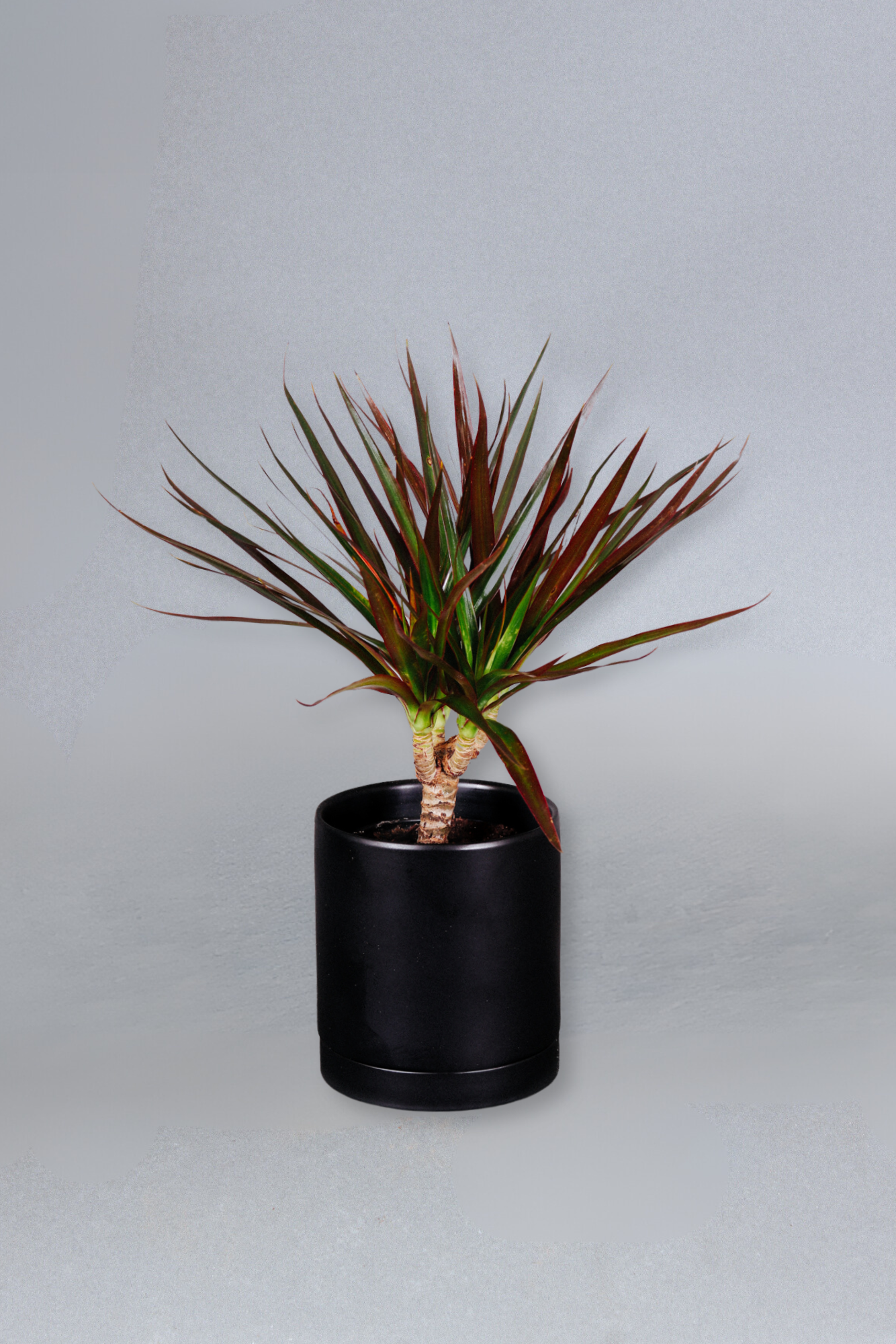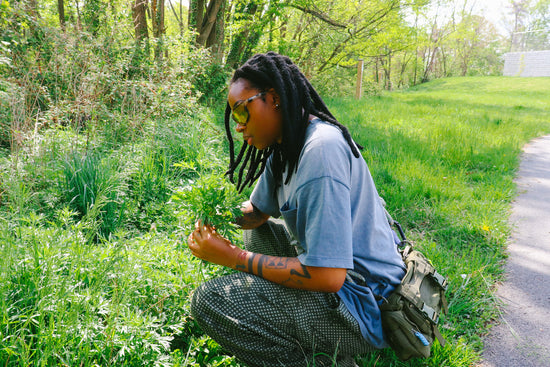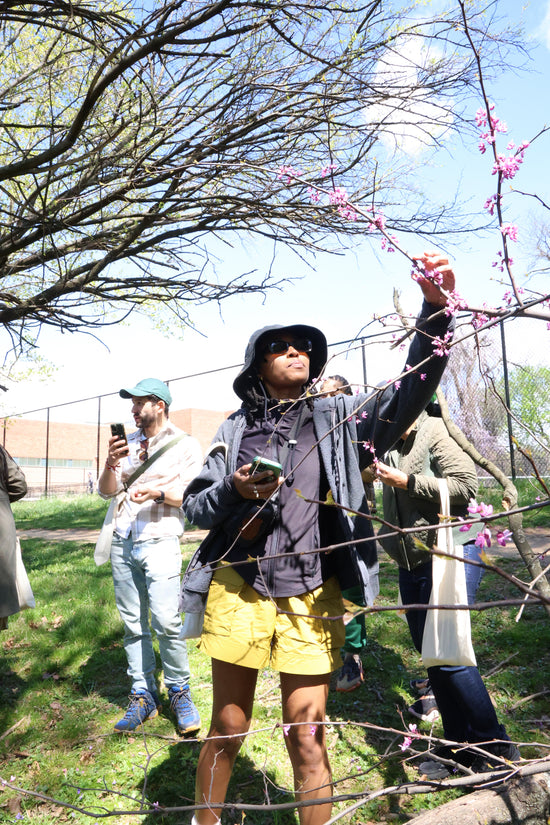No matter the level of expertise or green thumb, we all are bound to make mistakes as we learn to connect with and meet the needs of our plants. Of course, bringing in new plants with differing care requirements also complicates how we tend to them as we balance different watering schedules, lighting needs, and more.
We’ve been there, too. So, we’re highlighting some mistakes you might be making with your indoor houseplants and how to correct the course to make things right.
Imbalanced Watering
Those of us who struggle to regularly check in on our plants can be prone to imbalanced watering, meaning that our schedules are infrequent, inconsistent and each watering might provide too much or too little water. This can cause stress and stunt the plant’s growth by inhibiting proper nutrient delivery and root growth. All plants do best with consistency, but plants like the Rattlesnake and Monstera especially require consistent watering. For best watering practices:
- Water your plants on a regular schedule, according to their individual needs.
- Water evenly and slowly around the entire pot.
- Allow all water to drain out and discard the excess after the plant has absorbed its fill.
- If you have a pot without drainage, use caution so that just enough water will be absorbed by the soil, and not sit in the pot.
Overwatering
Overwatering is one of the most common mistakes we make with our houseplants. Some signs of overwatering are typically yellowing, discolored, limp, or fallen leaves and gnats or fungus around wet soil. The Sansevieria and Jade Plant are two that commonly get overwatered, as they don’t require very much. The best way to prevent overwatering is:
- Let the soil dry out before your next watering.
- Stick your finger into the soil up to your middle knuckle. If the soil is still moist, it’s not ready to be watered yet.
- Learn your plant’s watering needs, then match its schedule to your environment and the season. For example, plants need water less frequently during the winter months, but plants in brighter light will always absorb water faster than in lower light.
Repotting a Brand New Plant
Plants are very sensitive to changes and can be easily stressed. It is common for us to repot a plant into a beautiful decorative planter as soon as we bring it home, however, plants should be given time to settle before repotting. The stress of transport and a new environment might require a few days to a few weeks before a plant is ready to be repotted. Other pointers on repotting sensitivity:
- A newly potted plant goes through a period of stabilization and should not be fertilized for at least 6 weeks.
- Some plants will show signs of stress after repotting. Needs must be met carefully during this time as the plant recoups. Be sure not to overwater, move it around too much and keep it away from drafts.
Crowding Plants
Choosing the perfect spot in your home can be tricky if you have limited light sources or have a large collection of plants for your space. We tend to have concentrated corners, windows, stands, and shelves. If your plants are in an overcrowded area, it offers little room for proper air circulation which can lead to fungus or pest infestation. When they are crowded close together, disease and infestation can easily spread as well.
Be sure the designated plant areas of your home allow some space in between each pot, and prune back leaves if needed.
Too Much Sun
Plants love and need sun! There is such a thing as too much, though, which can scorch the plant's leaves from intense sun rays. If your plant cannot handle direct sunlight, (most can’t, except for some natural desert and tropical plants) it may get “bleached” white spots on its leaves or crispy brown spots where it is suffering from leaf burn. To resolve this issue:
- Confirm your plant’s lighting needs. Many plants prefer bright/indirect light. Once mature, the Jade Plant and Ponytail Palm are a few that can sustain some hours of direct sunlight.
- South and West facing windows have the warmest and most intense light. If your plant needs indirect light, try shifting the plant a few feet away from the bright window, or use an East facing window.
Watering Late In The Day
If you tend to water your plants late in the day, it doesn’t give them time in the warmth of bright light to properly dry and can leave the soil saturated overnight. This isn’t harmful if it only happens on occasion, but if it’s habitual in your schedule, the plant will be prone to root rot as well as fungus growth on the soil and leaves.
It’s always best to water in the morning or early in the day so the soil is at the advantage of long hours of bright light to begin absorbing and drying. It’s also important to avoid wetting leaves by watering at soil level and to provide adequate air circulation for proper drying.
Leaving Dust on Leaves
Stunning large leaves, like those on the Fiddle Leaf Fig and Bird of Paradise, easily collect dust which interferes with photosynthesis. Photosynthesis is how the plant uses sunlight to create energy that allows it to grow strong and healthy. While a minor mistake, it certainly affects the plant’s natural cycle. In its natural habit, plants experience wind and rain that help keep their leaves clean and exposed.
Occasionally dust your leaves by using a soft cloth or paper towel with gentle wiping motions. It’s helpful to also use a soapy spray by diluting a few drops of liquid soap into a spray bottle and spritzing before wiping. This is a great time to check in with your plant for any signs of pests!
Did any of these sound familiar to you? If you’re experiencing any care issues or confusion, we are happy to help guide you through your plant care! Email us at customerservice@feelgrounded.com or schedule an Office Hours call here.








